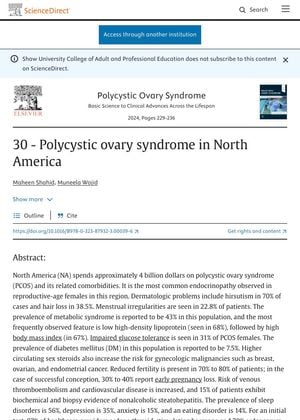TLDR PCOS is a common and costly condition in North American women, causing various health issues like obesity, diabetes, and fertility problems.
Polycystic ovary syndrome (PCOS) is the most common endocrinopathy in reproductive-age females in North America, costing approximately $4 billion annually. Dermatologic issues like hirsutism and hair loss affect 70% and 38.5% of patients, respectively. Metabolic syndrome is prevalent in 43% of cases, with low high-density lipoprotein and high body mass index being common features. Impaired glucose tolerance and diabetes mellitus are seen in 31% and 7.5% of patients, respectively. PCOS increases the risk of gynecologic cancers, reduced fertility, early pregnancy loss, venous thromboembolism, cardiovascular disease, and nonalcoholic steatohepatitis. Mental health issues such as sleep disorders, depression, anxiety, and eating disorders are also prevalent. Diagnosis often involves testing for thyroid-stimulating hormone and serum prolactin, while treatment typically includes combined oral contraception pills and metformin. Lifestyle modifications are also recommended.
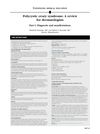 60 citations
,
October 2014 in “Journal of the American Academy of Dermatology”
60 citations
,
October 2014 in “Journal of the American Academy of Dermatology” Dermatologists play a key role in treating skin symptoms of PCOS like dark patches, excess hair, acne, and hair loss.
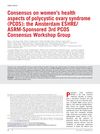 1514 citations
,
December 2011 in “Fertility and sterility”
1514 citations
,
December 2011 in “Fertility and sterility” Experts agree that PCOS affects women's health in complex ways, but more research is needed to understand and treat it effectively.
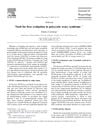 11 citations
,
July 2007 in “Journal of Hepatology”
11 citations
,
July 2007 in “Journal of Hepatology” Women with PCOS often have liver disease, so liver health checks are important for them.
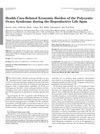 414 citations
,
August 2005 in “The Journal of Clinical Endocrinology and Metabolism”
414 citations
,
August 2005 in “The Journal of Clinical Endocrinology and Metabolism” Polycystic ovary syndrome costs the U.S. over $4 billion a year, mainly from treating related health issues.
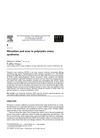 169 citations
,
August 2004 in “Baillière's best practice & research. Clinical obstetrics & gynaecology/Baillière's best practice and research in clinical obstetrics and gynaecology”
169 citations
,
August 2004 in “Baillière's best practice & research. Clinical obstetrics & gynaecology/Baillière's best practice and research in clinical obstetrics and gynaecology” Lower doses of treatments for hirsutism and acne in PCOS are effective and cause fewer side effects.
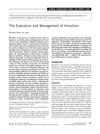 11 citations
,
May 2003 in “Obstetrics and gynecology (New York. 1953. Online)/Obstetrics and gynecology”
11 citations
,
May 2003 in “Obstetrics and gynecology (New York. 1953. Online)/Obstetrics and gynecology” Hirsutism in women often indicates a hormonal imbalance and can be managed with a combination of hormonal treatments and hair removal methods.
 48 citations
,
April 2015 in “PLOS ONE”
48 citations
,
April 2015 in “PLOS ONE” Excessive hair growth affects the quality of life of Iranian women with PCOS the most.
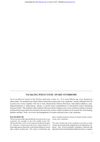 1 citations
,
January 2001 in “Drug and therapeutics bulletin”
1 citations
,
January 2001 in “Drug and therapeutics bulletin” The document concludes that management strategies for PCOS are important due to its common occurrence and associated health risks.
